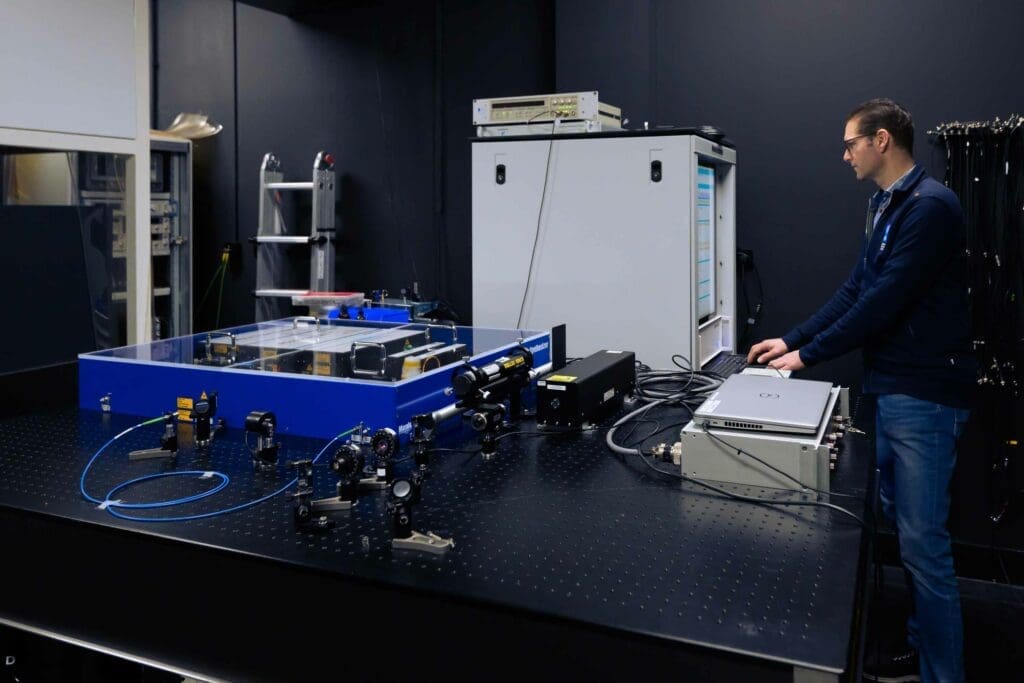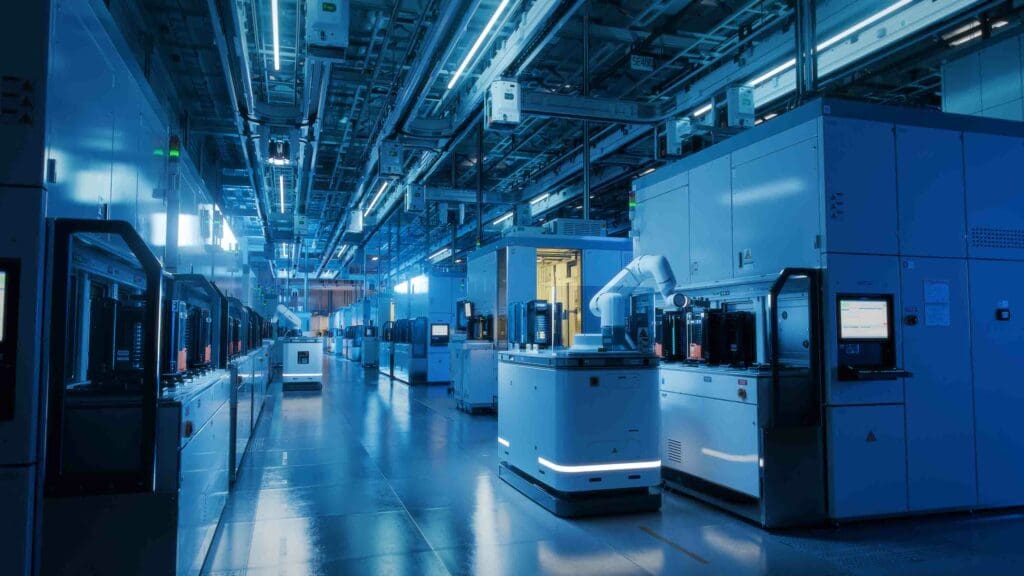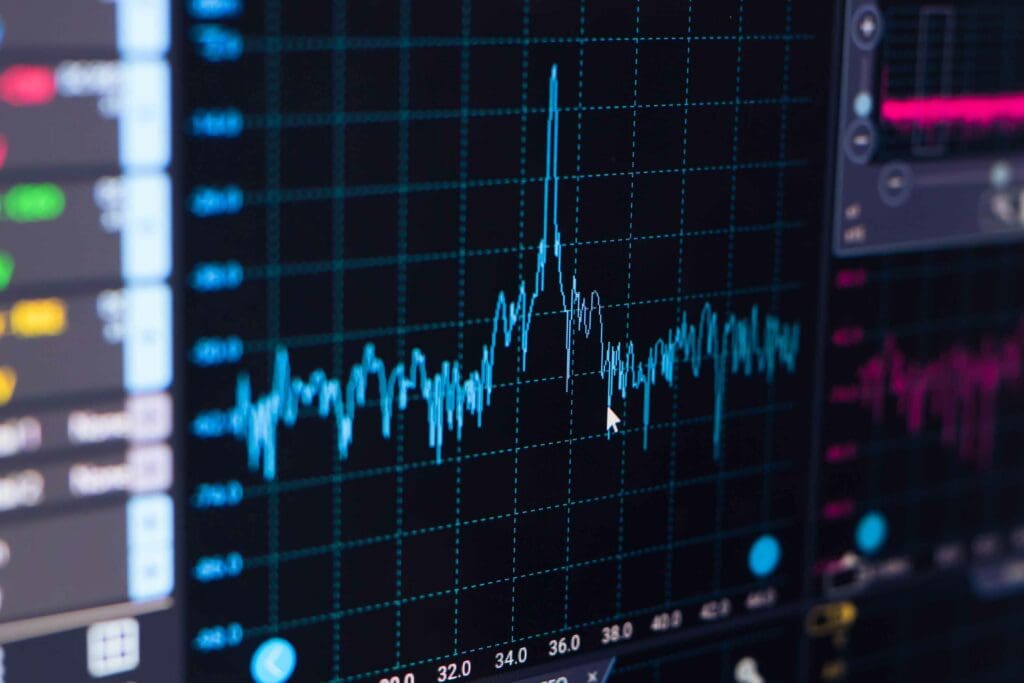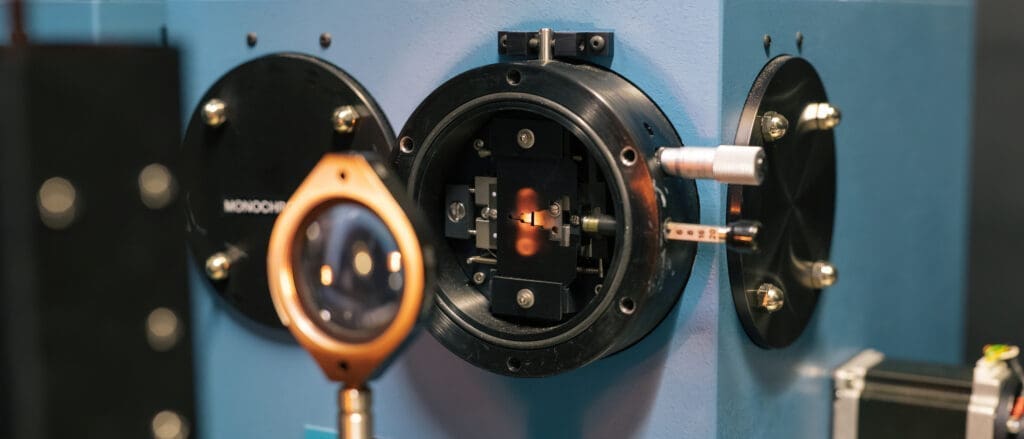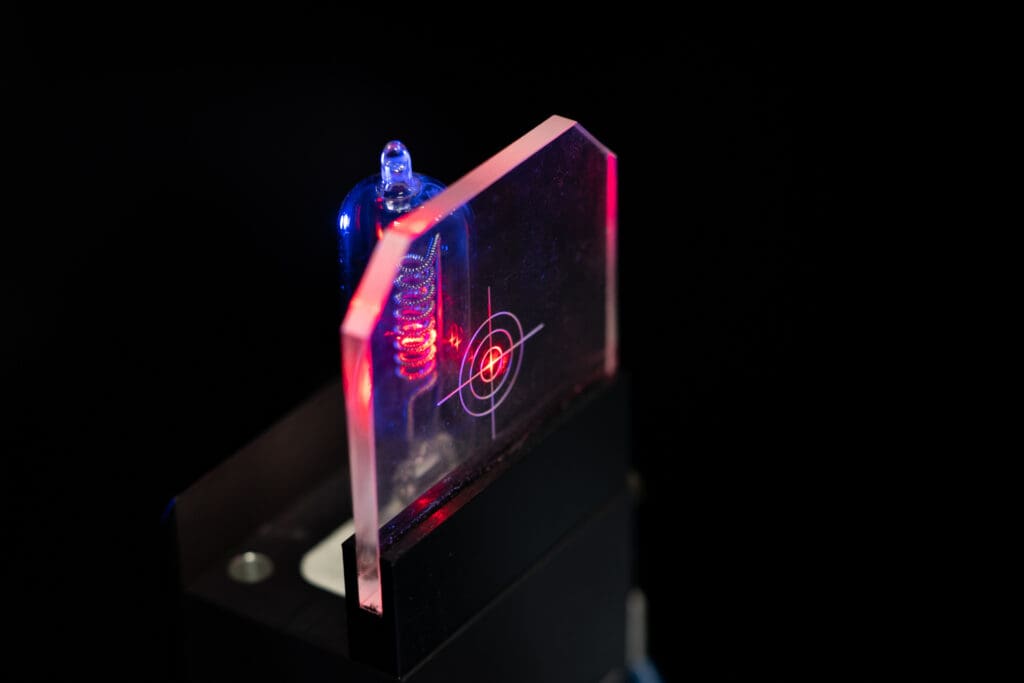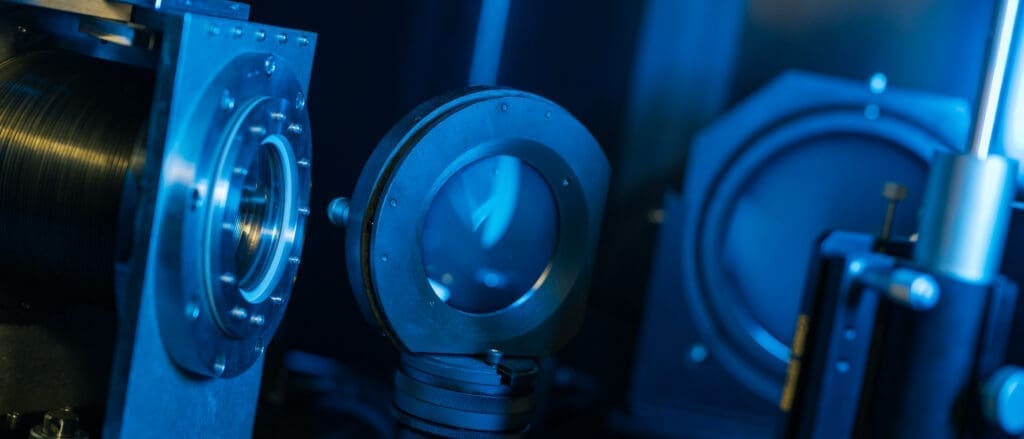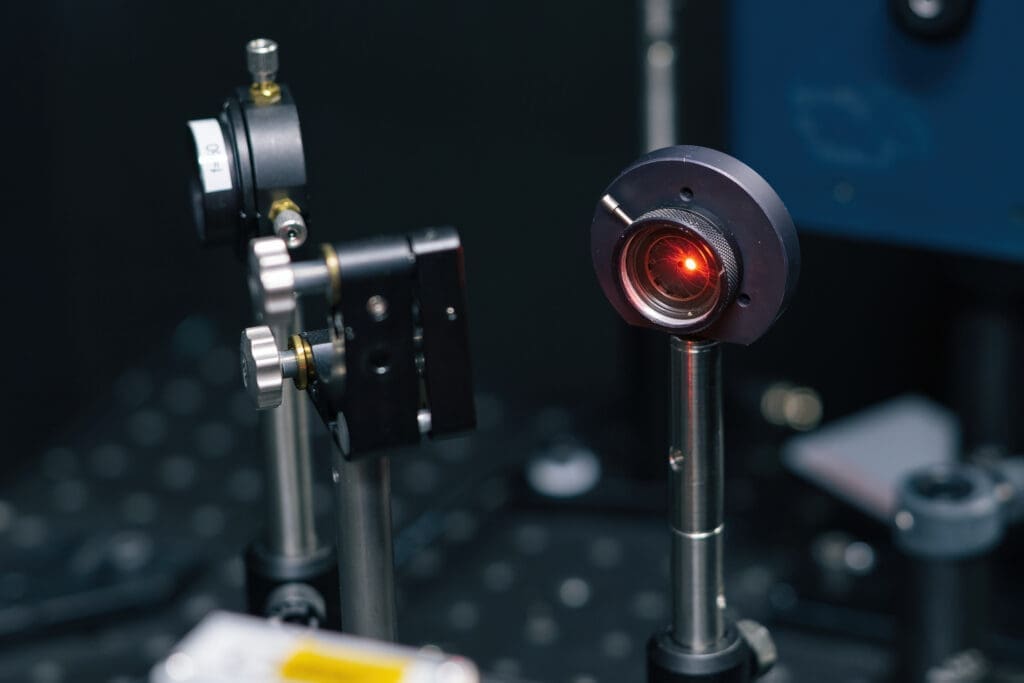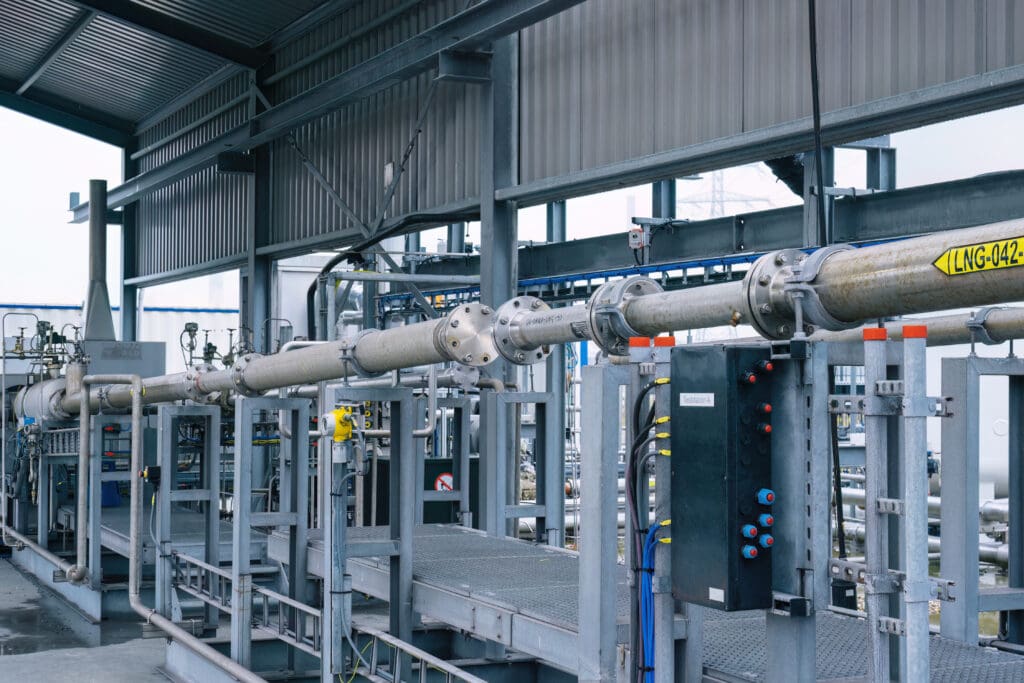Standardisation of measurements for DC electricity grids (20NRM03 DC grids)
Most household appliances use DC electricity. Sustainable technologies, such as LED lighting, photovoltaic cells, and electrical vehicles (EVs), are fundamentally DC as well. Adapters with their related energy losses are inevitable when they are connected to our traditional AC grid. Thus, the shift towards more renewable and sustainable technologies has increased the attractiveness of DC grids as an alternative or addition to the existing AC grids. The potential applications of DC grids are very broad, ranging from residential and business buildings to hospitals, agriculture, lighting, electrified transportation, data centers, and telecommunication.
Standardisation of DC grid control currently focuses on installations, wiring rules, safety for users (shock, burns) and equipment (discharges), voltage levels, and the detection of faults. However, the metrology infrastructure required for DC grids is currently lacking. For traditional AC grids, power quality (PQ) and reliability of electricity metering are well regulated and standardised, whereas for DC, it is still in its infancy.
The 20NRM03 DC grids project aims to address these issues, in response to needs expressed by standardisation committees. The project’s goal is the traceable measurement and characterization of PQ parameters to support standardisation in the further development and use of DC grids and to ensure future customer confidence.
Our role
VSL is coordinating this project, in which we focus on two main technical aspects. The first is to develop measurement equipment and perform onsite measurements in operational DC grids, such that we know what type of disturbances occur in real-world DC grids in practice. The second is to develop a reference system for testing DC electricity meters in the presence of these real-world disturbances and at the same time to provide traceability for these PQ phenomena.
Start date: June 1, 2021
End date: May 31, 2024
Read more about this project here.
“The project has received funding from the European Partnership on Metrology, co-financed by European Union Horizon Europe Research and Innovation Programme and from the Participating States.”

Would you like to know more about this subject?
Our experts are happy to help.
Helko van den Brom
Principal Scientist Electricity
Projects
Our expertise in practice
Read more about our projects.
